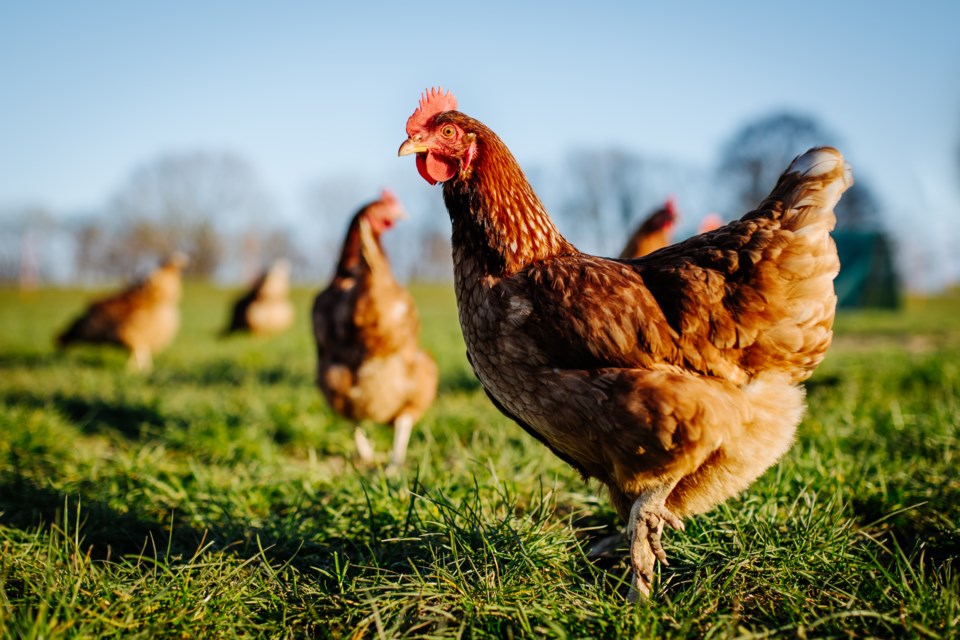WESTERN PRODUCER — After weeks of daily increases in the number of poultry and farms impacted by the avian influenza outbreak, it appears the spread of the highly contagious pathogen is starting to slow.
In Alberta, where bird flu effects have been the greatest in the country, only one additional farm reported a case last week, and 37,000 more birds in commercial and small flocks were impacted.
That’s compared to 900,000 birds impacted and 23 farms that have reported cases over the previous six weeks.
In southern Ontario, two additional farms and 45,000 birds have been added to the spring’s total, again reflecting an apparent slowing down of transmission.
In total, since Ontario first detected bird flu in March, 25 farms have reported cases, impacting 470,000 birds.
The virus has been reported in all provinces except Prince Edward Island since it was first reported in Newfoundland and Labrador in December. The spread has been blamed on migratory birds.
Nearly 80 farms and 1.8 million birds have been impacted since that time.
Saskatchewan is extending its province-wide animal health control measures ordered on April 14 prohibiting movement of domestic birds and participation in shows, auctions and agricultural fairs.
The order, which was set to expire on May 14, is now extended to June 14.
British Columbia is also extending its animal health control order to keep flocks of more than 100 birds indoors to June 13.
Federal and provincial officials urge poultry farms to maintain strict biosecurity measures.

